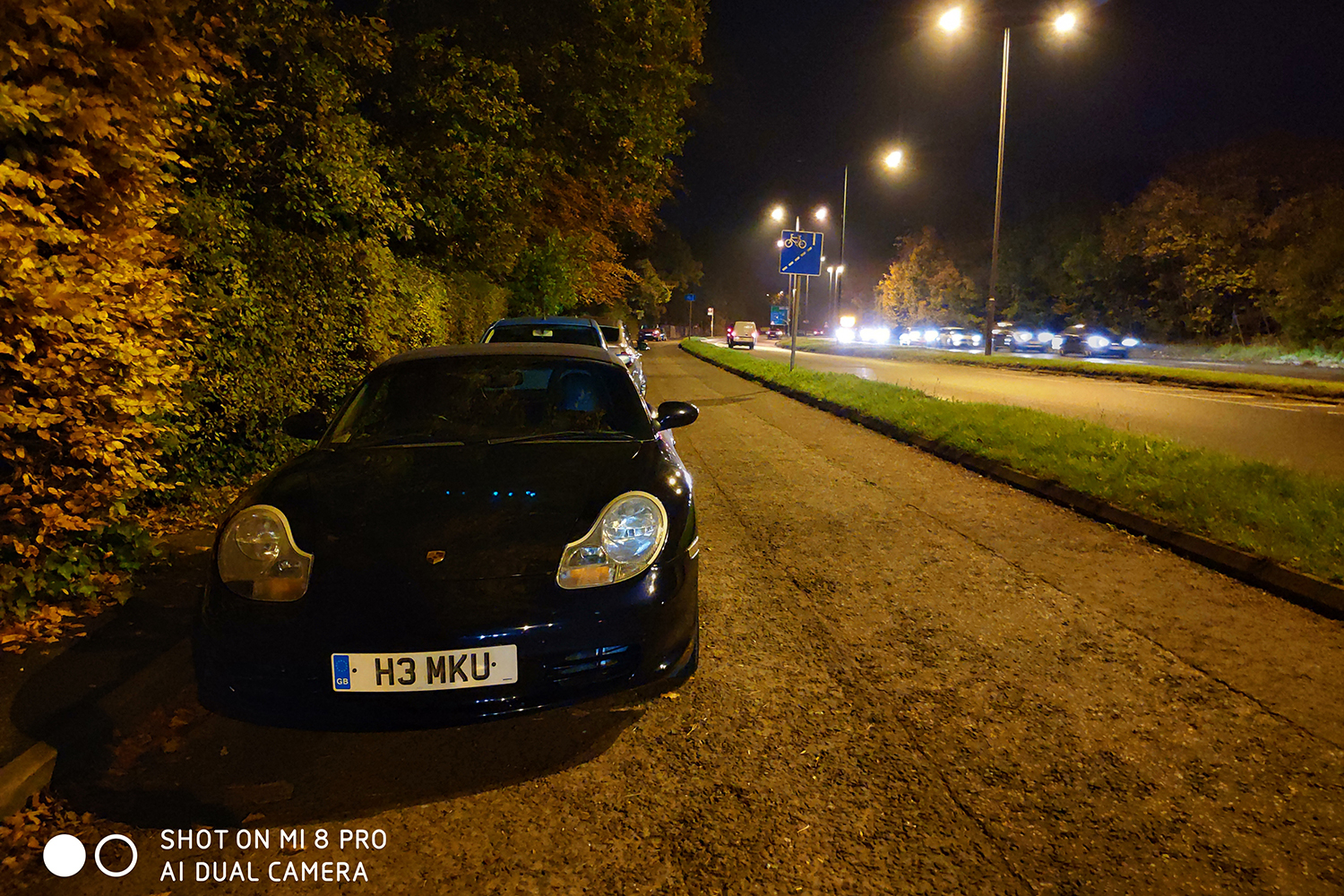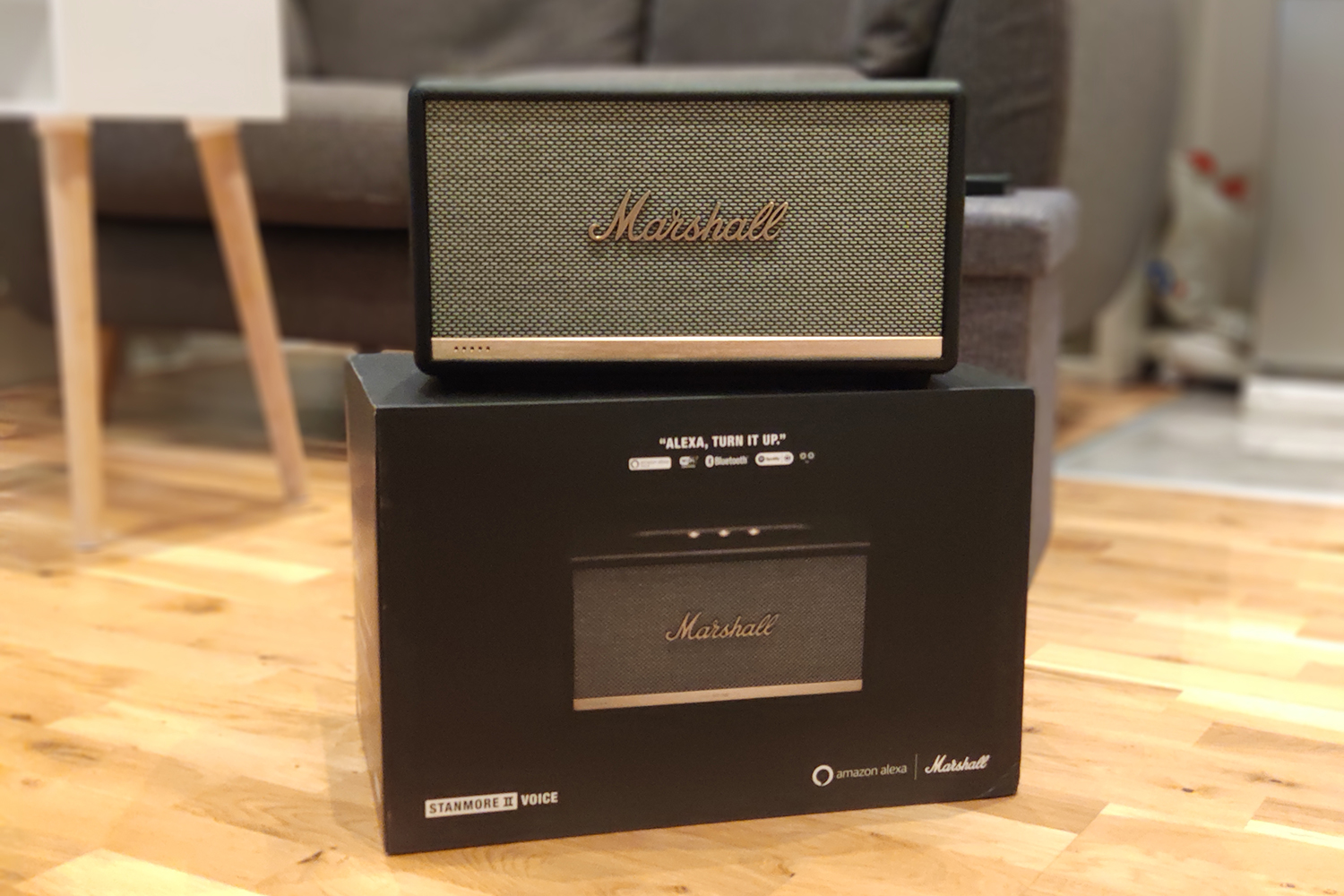“The Xiaomi Mi 8 Pro is a strong, good-looking smartphone in need of a comprehensive software update, and the right price tag.”
- Great screen
- Camera can take some great photos
- Solid build quality and unique transparent rear panel
- Software frustrations
- In-display fingerprint sensor is slow
What better way for Xiaomi to announce its entrance into the U.K. than with the Mi 8 Pro, a great-looking smartphone with powerful specifications. This is no half-hearted entrance. The Chinese company also has a wide variety of other devices and connected products it will sell online, as well as in a flagship store located at a busy London shopping center. Plus it has struck a deal with the Three network too. Xiaomi has arrived, and it means business.
However, it’s not going to have an easy ride, due to some very strong competition. However, Xiaomi has priced the phone so aggressively, we’re going to assume its next target must be winning the UFC world title. It’s just 500 British pounds, or about $650, putting it up against the OnePlus 6T, the Samsung Galaxy A9, and the Honor 10.
This looks familiar
It’s simply impossible to avoid the fact the Mi 8 Pro looks like an iPhone XS. The front has a notched screen and the back has an offset, vertically mounted, dual-lens camera with the flash in the center. It’s an unashamed facsimile, saved only by the transparent rear panel. This is a stroke of genius, as it looks fantastic. No, those aren’t the actual components powering the phone, but they are real transistors and chips. It’s a neat effect, but it’s just not accurate to say these are the parts keeping the phone running.

The smoked glass looks fantastic, especially as it gradually gets darker around the curved edges, giving real form, depth, and style to the device. It fits in the hand wonderfully, and it’s not heavy either. The screen is flat, and has a notch at the top, a chin at the bottom, and black bezels at the side of the display. It’s reminiscent of the iPhone XR.
The Mi 8 Pro looks stunning, even it it is derivative.
Despite the 6.21-inch screen, the Mi 8 Pro is surprisingly manageable, and it’s slim and lightweight. There’s no fingerprint sensor on the rear, as it has been placed under the phone’s display. This is becoming more commonplace, with the OnePlus 6T and the Huawei Mate 20 Pro both offering the feature. They all work in the same way — you put your finger or thumb over the right spot to unlock the phone. Sadly, they are also all similarly unreliable.
The Mi 8 Pro’s in-display fingerprint sensor isn’t any worse than the others, but it’s no better either. In the few days we’ve been using it, we’ve re-registered our print several times to try and improve reliability. A single press is more often than not all it takes to unlock the phone now, but it still takes longer to do so than a traditional print. Unlike the OnePlus 6T and Mate 20 Pro, the Mi 8 Pro does not have the face unlock feature found on the closely related Mi 8 Explorer Edition active yet. It’ll come in a future software update, for some reason.
Fingerprint issues aside, the Mi 8 Pro looks stunning, even it it is derivative. Sadly though, if you’re looking for a headphone jack, you aren’t going to find one, and that hasn’t sealed the phone up enough to gain any water resistance either.
Good screen, excellent performance
The Mi 8 Pro has a 6.21-inch OLED panel with a 2,248 x 1,080 pixel resolution, an 18.7:9 aspect ratio, and a notch at the top. Xiaomi has several display modes, and hidden under the settings is the option to adjust the contrast. We found when it was set to automatic, the screen would wash out every so slightly. Turn it to Increased Contrast, and the difference was remarkable. Videos are alive, games pop off the screen, and colors become so electric we can’t stop watching. It’s a real stunner.
Inside this phone is a Snapdragon 845 processor with 8GB of RAM, which is a seriously powerful combination. We ran some benchmarks to see how it performs:
- AnTuTu 3D: 288,289
- Geekbench 4: 2,047 single-core; 8,252 multi-core
- 3DMark Sling Shot Extreme: 2,811 (Vulkan)
We have played a selection of games, used the phone for messaging, emails, and social networking, and found no performance problems at all. This is a fast phone, and it can easily take on the competition. The benchmark results put it somewhere close to the performance offered by the Samsung Galaxy S9 Plus and the LG G7 ThinQ; but behind the incredibly well-performing OnePlus 6T (which shares the same specs).
Camera
Xiaomi’s a great believer in reusing technology throughout its range, and the Mi 8 Pro has the same dual-lens 12-megapixel camera on the back as we saw on the Mi 8. The main lens has an f/1.8 aperture, and the secondary lens has an f/2.4 aperture, plus optical image stabilization, and a 1.4-micron pixel size. It shoots portrait mode pictures with a bokeh effect, plus Xiaomi’s artificial intelligence powers scene recognition and selfie beauty modes.
The photos are hit and miss. There’s no question it has the ability to take great shots, but we do question the software’s ability to capture those shots each and every time. We haven’t spent much time with the camera, but the images we have taken fall into two camps: Perfectly good or almost unusable.
When the camera performs well, the colors pop (although they are slightly oversaturated), and there’s some lovely detail. Plus the 2x hybrid zoom is effective. We have seen problems focusing in both portrait mode and with the selfie camera, which is also blighted by image blur with the beauty modes active and excessive noise in difficult lighting conditions.
We’re going to test the camera more, and will additionally look out for software updates that may improve this. We are using one of the very first Mi 8 Pro devices, and therefore it may not be exactly representative of the final version.
Frustrating software
It’s Android onboard the Xiaomi Mi 8 Pro, but with Xiaomi’s own MIUI user interface over the top. It’s version 9.6 of MIUI Global, meaning it has Google Play and all the usual apps and features we’d expect from an Android phone. We like the look of MIUI. It’s clean, the icons are well-designed, the menus aren’t frustrating, and it’s frequently updated. However, there are some annoyances that stop us wanting to use it — not least the notifications on the Mi 8 Pro.
There is space either side of the notch, yet none of it is enabled for notifications.
There is space either side of the notch, yet none of it is enabled for notifications. Worse, the lock screen does not show incoming notifications either. Pull down the notification shade and everything is there. App icons all show numbers indicating the amount of notifications waiting, but we miss the other options. There are some workarounds, but they’re not user friendly at all — for example each app may need to be individually enabled to show lock screen notifications. Why this is the case is baffling.

Otherwise, MIUI didn’t pose any compatibility problems, and aside from an extensive collection of Xiaomi app tools — everything from a link to Xiaomi’s forum to a compass and a screen recording app is pre-installed — the bloat is minimal. A pleasant user experience marred by notification annoyances, and the camera app problems described above.
Conclusion
The ability for the Xiaomi Mi 8 Pro to take on the OnePlus 6T, and the various other competitors out there, depended on price. At 500 British pounds, it’s an absolute bargain, despite its shortcomings. It’s 30 pounds cheaper than the equivalent OnePlus 6T, which makes it incredibly tempting.
The phone is solid with some strong plus points — the beautiful screen, the eye-catching transparent back, and great performance — but the software frustrates, the battery has only lasted us a day with average use so far, and the onboard speaker is poor.
There’s a great, probably excellent, phone waiting to be unleashed here. It has the right price, and now needs a decent software update to deliver on its promise.

















